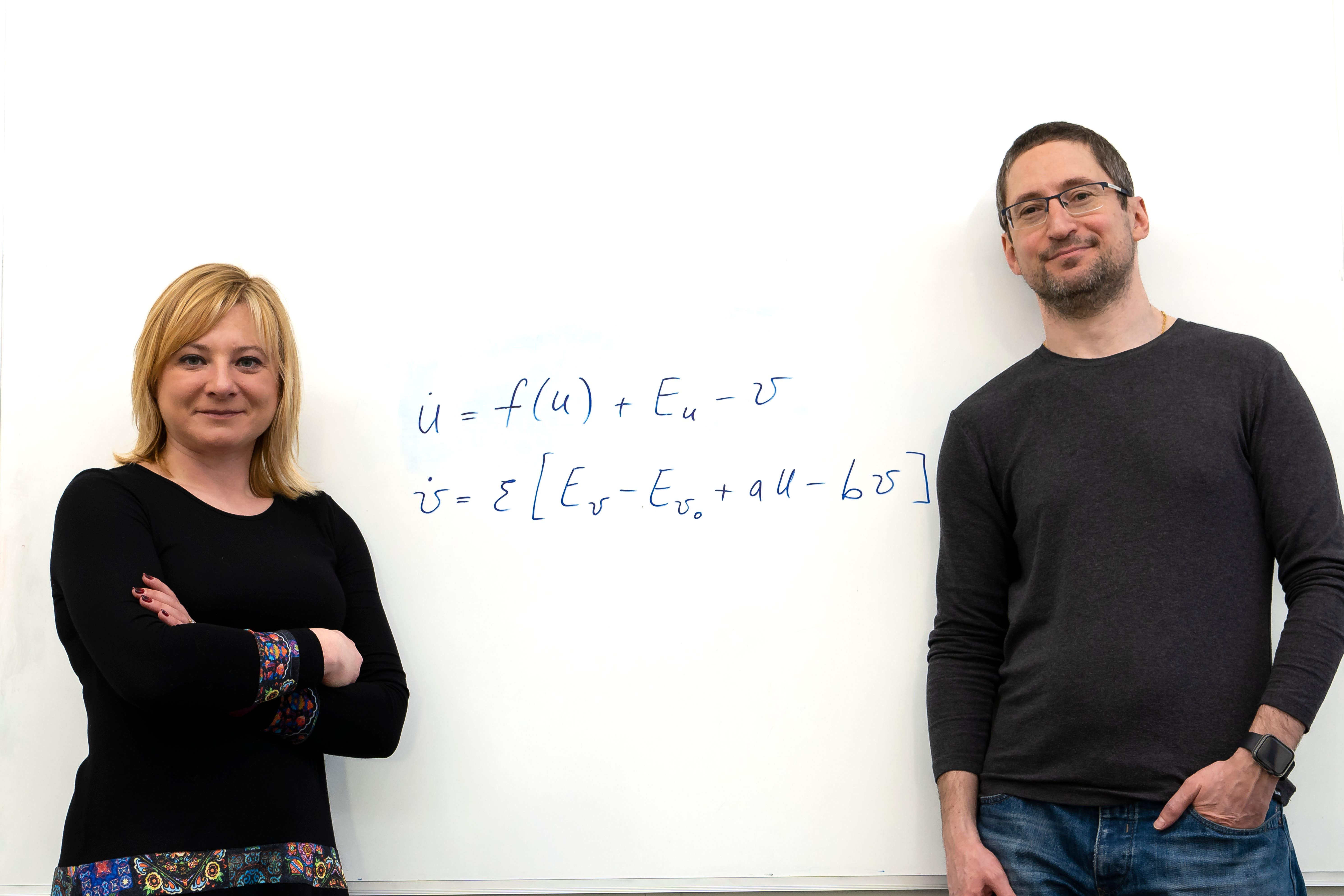Scientists do the maths on how men can achieve orgasm
Findings shed light on a socially taboo subject, researchers said.

Your support helps us to tell the story
From reproductive rights to climate change to Big Tech, The Independent is on the ground when the story is developing. Whether it's investigating the financials of Elon Musk's pro-Trump PAC or producing our latest documentary, 'The A Word', which shines a light on the American women fighting for reproductive rights, we know how important it is to parse out the facts from the messaging.
At such a critical moment in US history, we need reporters on the ground. Your donation allows us to keep sending journalists to speak to both sides of the story.
The Independent is trusted by Americans across the entire political spectrum. And unlike many other quality news outlets, we choose not to lock Americans out of our reporting and analysis with paywalls. We believe quality journalism should be available to everyone, paid for by those who can afford it.
Your support makes all the difference.Scientists claim to have worked out a mathematical formula that demonstrates the best way men can achieve orgasm.
Mathematicians from the University of Sussex looked at decades of data to create a model that sets out the ideal combination of physical arousal and mental stimulation for reaching sexual climax.
Too much mental stimulation too early in the process can result in not having an orgasm, the scientists said.
They added one of the key messages that can help men cross the finish line is not to “overthink it”.
The researchers said their work, published in a special issue of the journal Chaos, could be used in the future to help improve treatments for sexual problems, such as the inability to get and maintain an erection and low sexual desire.
Most recent figures suggest erectile problems affect one in five men in the UK, which is equivalent to 4.3 million men.
Dr Yuliya Kyrychko, a reader in mathematics at the University of Sussex School of Mathematical and Physical Sciences – who co-led the research, said: “Our findings shed light on a socially taboo subject, which we believe could have useful applications for the clinical treatment of sexual dysfunction, as well as for providing the general public with a tested formula for improving their sex life.
“With what we have learned from this study, we intend to mathematically model the female sexual response, which is physiologically – and mathematically – more complex than the male response.”
The scientists looked at two different aspects of arousal: mental and physical, analysing data from previous studies.
Simply put, our findings can be summarised as 'don't overthink it'
Based on the data, the researchers developed two mathematical equations that represent their findings.
Dr Konstantin Blyuss, a reader in mathematics at the University of Sussex School of Mathematical and Physical Sciences and co-lead author, said: “Drawing on established data, as well as our own previously published work on modelling biological phenomena such as epidemiology and immunity, we have developed the first successful mathematical model of sexual performance.
“Our results cover the physiological and psychological aspects required to reach climax.
“They reinforce, and mathematically prove, existing studies into the psychology of sex.
“A key finding is that too much psychological arousal early in the process can inhibit the chance of reaching climax.
“Simply put, our findings can be summarised as ‘don’t overthink it’.”
Subscribe to Independent Premium to bookmark this article
Want to bookmark your favourite articles and stories to read or reference later? Start your Independent Premium subscription today.